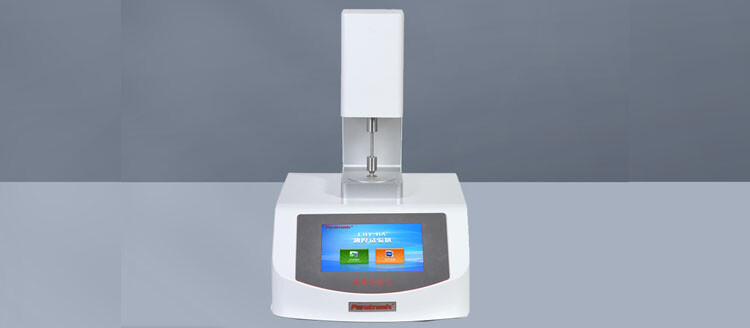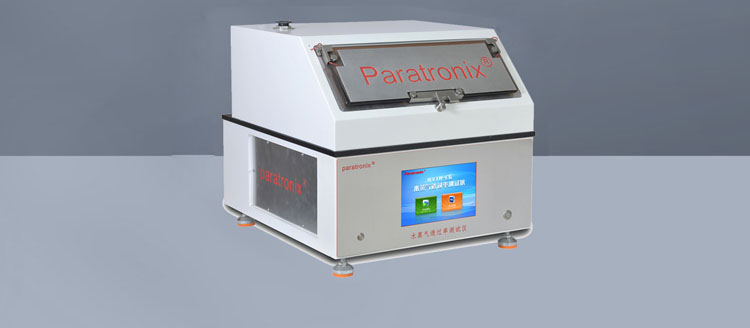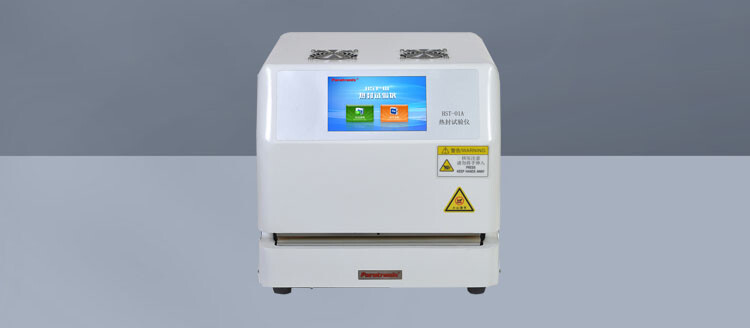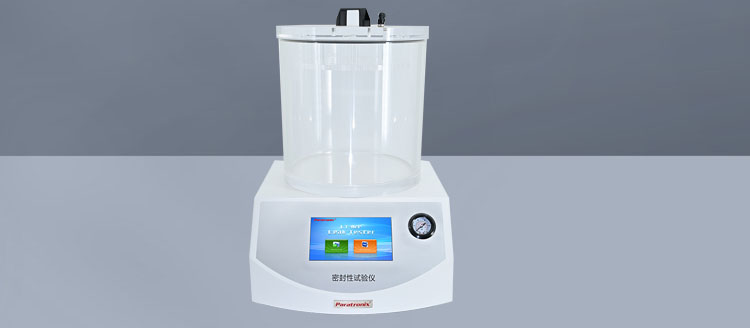Recent Posts
 Maintenance methods for thin film thickness detection instruments2025-12-15
Maintenance methods for thin film thickness detection instruments2025-12-15 Method for detecting the opening tension of food chain self sealing bags2025-12-03
Method for detecting the opening tension of food chain self sealing bags2025-12-03 Packaging industry testing instrument - moisture permeability tester2025-11-26
Packaging industry testing instrument - moisture permeability tester2025-11-26 What testing instruments are used for testing the heat sealing performance of thin films?2025-11-20
What testing instruments are used for testing the heat sealing performance of thin films?2025-11-20 Precautions for using negative pressure seal detector2025-11-10
Precautions for using negative pressure seal detector2025-11-10
Introduction
Flexible packaging is widely used in industries such as food, pharmaceuticals, and consumer goods due to its lightweight,
cost-effectiveness, and versatility. However, leaks in flexible packaging can compromise product integrity, leading to
spoilage, contamination, or loss of sterility. To ensure packaging reliability, ASTM International developed ASTM D3078,
a standardized test method for detecting leaks in flexible packaging using the bubble emission technique.
This article discusses the scope, significance, test procedure, and applications of ASTM D3078, providing insights into its
role in quality control and packaging validation.
Scope and Significance of ASTM D3078
ASTM D3078 is a non-destructive test method designed to detect leaks in flexible packaging by submerging the package
in water and observing bubble formation. The test is applicable to various types of flexible packaging, including:
Pouches
Bags
Sealed trays
Other hermetically sealed containers
This method is particularly useful for identifying gross leaks (larger defects) that may affect product shelf life, sterility, or
barrier properties. While it is not suitable for detecting micro-leaks (very small defects), it remains a simple, cost-effective,
and widely used technique for quality assurance.
Testing instrument:LT-PNP Positive &Negative Pressure Sealing Tester
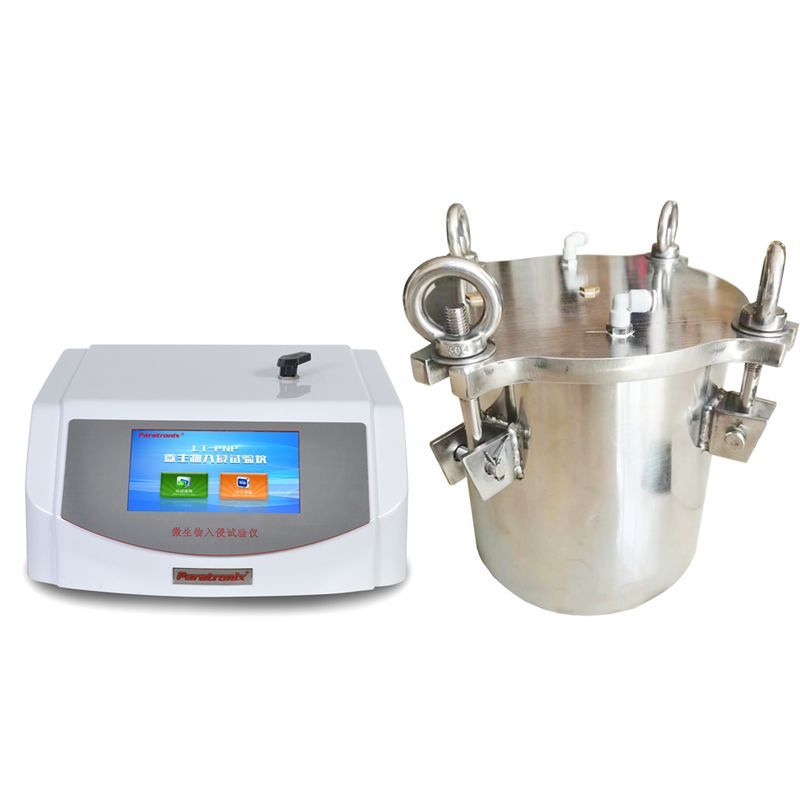
Test Principle
The principle of ASTM D3078 is based on the observation of air escaping from a submerged package. When a flexible
package with a leak is placed underwater, the internal pressure forces air through the defect, forming visible bubbles.
The test involves the following steps:
Sample Preparation – The test package should be at room temperature and properly sealed.
Immersion in Water – The package is submerged in a water bath or tank at a specified depth (typically 1-2 inches below
the surface).
Application of Pressure (Optional) – If necessary, external pressure may be applied to the package to enhance bubble
formation (e.g., by gently squeezing).
Observation – The inspector visually examines the package for bubbles emerging from any location, indicating a leak.
Leak Location and Documentation – The leak site is marked, and results are recorded for further analysis.
Applications in Industry
ASTM D3078 is commonly used in:
Food Packaging – Ensures seal integrity in vacuum-sealed or modified atmosphere packaging (MAP).
Medical and Pharmaceutical Packaging – Validates sterile barrier systems for compliance with regulatory standards.
Consumer Goods – Checks for leaks in pouches containing liquids, powders, or granular products.
Conclusion
ASTM D3078 provides a practical and efficient method for detecting leaks in flexible packaging. While it has limitations
in detecting very small defects, its simplicity and cost-effectiveness make it a valuable tool for quality control in various
industries. For more sensitive applications, complementary methods such as vacuum decay testing (ASTM F2338) or dye
penetration testing may be used alongside bubble emission testing to ensure comprehensive leak detection.
By implementing ASTM D3078, manufacturers can enhance packaging reliability, reduce waste, and ensure product safety
for end-users.
Leave A Reply
Search by Keywords

